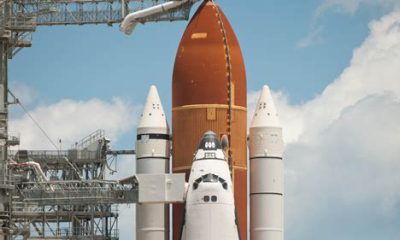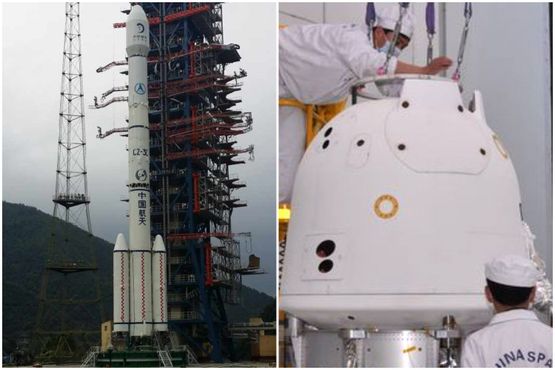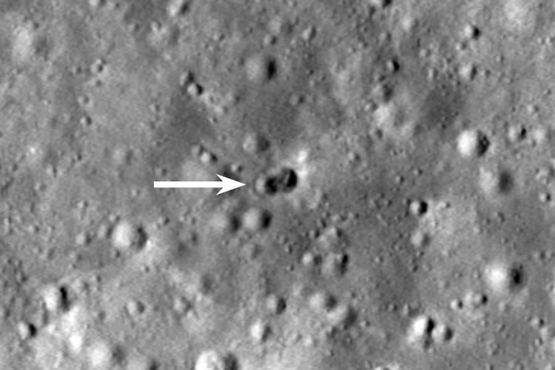Technology
TWITTER MONETISABLE DAILY ACTIVE USER HITS 237.8M AS FIRM SPENT $33M ON MUSK DEAL

Technology
CHINESE ROCKET THAT FELL INTO THE MOON CARRYING A ‘SECRET OBJECT’

For news and events coverage, photo features, contributions and adverts contact us via:
Phone: +2348029115783
WhatsApp: +2347037611903
Follow us via:
Facebook: @Words and Shots
Instagram: @words_and_shots
Twitter: @wordsandshots
Phone: +2348029115783
WhatsApp: +2347037611903
Follow us via:
Facebook: @Words and Shots
Instagram: @words_and_shots
Twitter: @wordsandshots
Technology
CITY TRAVELS AND ROPEWAYS THROUGH THE SKY

For news and events coverage, photo features, contributions and adverts contact us via:
Phone: +2348029115783
WhatsApp: +2347037611903
Follow us via:
Facebook: @Words and Shots
Instagram: @words_and_shots
Twitter: @wordsandshots
Phone: +2348029115783
WhatsApp: +2347037611903
Follow us via:
Facebook: @Words and Shots
Instagram: @words_and_shots
Twitter: @wordsandshots
Places
THE ENGINEERING MARVEL OF CHESAPEAKE BAY BRIDGE-TUNNEL

For news and events coverage, photo features, contributions and adverts contact us via:
Phone: +2348029115783
WhatsApp: +2347037611903
Follow us via:
Facebook: @Words and Shots
Instagram: @words_and_shots
Twitter: @wordsandshots
Phone: +2348029115783
WhatsApp: +2347037611903
Follow us via:
Facebook: @Words and Shots
Instagram: @words_and_shots
Twitter: @wordsandshots
-

 Sports3 years ago
Sports3 years agoHE’S FINALLY BACK! Ronaldo Returns To Manchester United After 12 Years
-

 Foreign3 years ago
Foreign3 years agoISIS POSES ‘ACUTE’ THREAT TO U.S. Evacuation Efforts in Kabul, Sullivan Says
-

 Arts3 years ago
Arts3 years agoBook Review
-

 News3 years ago
News3 years agoFEDPOLY OHODO: Renovation Commences In Full
-

 Entertainment3 years ago
Entertainment3 years agoKEVIN COSTNER OPENS UP ABOUT HIS PAST Relationships And How He Met His Soulmate
-

 History2 years ago
History2 years agoWHY IS THE LEGENDARY RPG-7 STILL IN USE?
-

 Entertainment3 years ago
Entertainment3 years agoMEET CHIKA UCHE-EKWE WHOSE VIRTUE INSPIRED PATTY OBASSEY’S SONG, EZINWANYI DI UKO
-

 People & Personalities3 years ago
People & Personalities3 years agoSAYING FIRST HAPPY BIRTHDAY TO DAD After 21 Years, Emotional – Beauty Queen






























